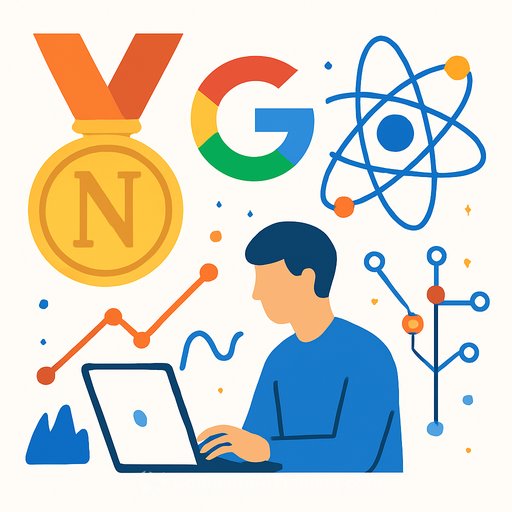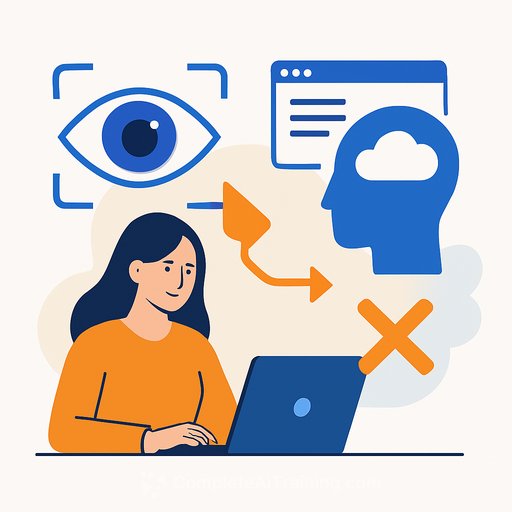Google's Nobel Prize Blueprint: A Focus on Long-Term Impact
There was a different kind of energy at Google's recent research event in Mountain View. It wasn't just about the new tech demos on quantum computing or the "Google Earth AI" platform. The buzz came from a sense of pride-two of this year's Nobel Physics laureates are Googlers, making it the second year in a row the company has produced Nobel winners.
Employees at the event shared their excitement about working alongside these top minds. But it raises a question: How does a single company achieve what entire countries strive for?
The Patience Principle: Backing High-Risk Studies
When asked about the internal atmosphere, Yoshi Matias, Google's Vice President of Research, said everyone was delighted. He explained that this success motivates them to pursue even better research. The place is filled with brilliant people challenging the world's biggest questions.
The "secret," according to Matias, is straightforward: consistent support for high-risk, long-term studies. He emphasized that they prioritize fundamental questions over projects that yield immediate results. This sustained support is what ultimately leads to research with a significant impact.
The Magic Cycle: From Real Problems to Real Solutions
This year's Nobel laureates, John Martinis and Michel Devoret, were recognized for work on quantum computing that began in the 1980s. This illustrates a core belief at Google: genuine impact often takes decades.
Matias described their approach as the "magic cycle." It starts with research questions that come from real-world problems, and the end goal is for that research to circle back and solve those same problems. It's not about writing papers; it's about creating direct solutions, a goal made possible by combining top scientific talent with extensive products and data.
AI as a Collaborative Scientist
The pace of science is accelerating, and AI is a huge part of that. A Google representative confirmed that AI is being used across many R&D projects, speeding up the research process. They see AI as a "collaborative scientist" that acts as an "amplifier" for human creativity.
A clear example is the updated Google Earth AI platform. By integrating Gemini's reasoning with geospatial data, it can now predict the scale of natural disasters. A user can simply ask, "Find flood-affected areas in California and inform me of the scale of damage," and the AI provides an analysis based on satellite data and other sources.
For researchers looking to build their skills, understanding how to leverage AI is becoming essential. You can find courses sorted by job roles to help integrate these tools into your workflow at Complete AI Training.
Looking Ahead: Quantum and Beyond
This long-term model fuels Google's optimism for future technologies. Matias predicts that quantum computers, a field they've invested in for decades, will have practical applications within five years. You can learn more about their work directly from the Google Quantum AI team.
The underlying belief is simple. If you persistently develop solutions for problems that seem almost impossible, you can eventually help people worldwide and even save lives.
Your membership also unlocks:






